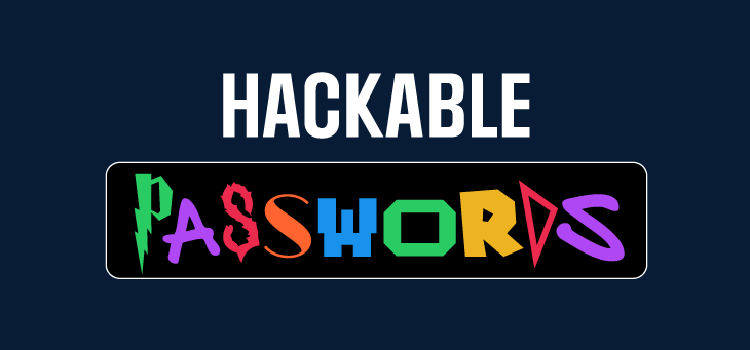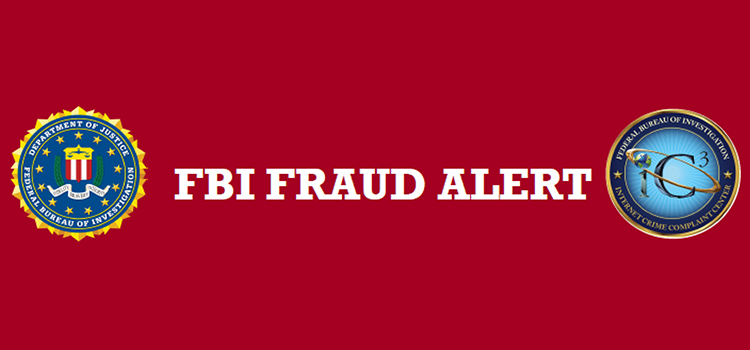Mission Statement
The Information Security Office is committed to lowering the risk profile of the University’s electronic information by implementing industry best practices to protect the confidentiality, integrity, and availability of student, faculty, and staff information. We uphold the University’s compliance obligations by developing information security policies, providing security awareness training, and overseeing the implementation of strategic information security initiatives.
Scam of the Week
WhatsApp with This Phone Number?
In this week's scam, cybercriminals are using phone calls to try to scam you. This type of scam is also known as vishing. You receive a strange call on WhatsApp, a calling and messaging app. The call is from an unknown number, and when you answer, you hear a robotic voice that asks you to add a phone number to your WhatsApp contacts. The call then quickly ends without any further explanation. It seems unusual, but harmless.
However, this is actually a kind of test sent out by cybercriminals. They want to see if you’ll listen to their instructions and add the number. If you do, they believe you’ll be an easy victim of future scams. They will contact you again and try to trick you into sharing your verification code so they can hijack your account. Once they have control of your account, they may use it for criminal activities or demand money from you before they restore your access. They can even message your WhatsApp contacts and try to scam them, too!
Follow these tips to avoid falling victim to a vishing scam:
- Never add unknown numbers to your contacts, especially if asked to do so unexpectedly.
- Turn on two-step authentication for your account to make it more difficult for cybercriminals to gain access to it.
- Always report and block suspicious phone numbers on your messaging apps. Reporting these numbers also helps protect other users from similar scams.
Time It Takes a Hacker to Brute Force Your Password in 2023
| Number of Characters | Number Only | Lowercase Letters | Upper and Lower Case Letters | Numbers, Upper and Lowercase Letters | Numbers, Upper and Lowercase Letters, Symbols |
|---|---|---|---|---|---|
| 4 | Instantly | Instantly | Instantly | Instantly | Instantly |
| 5 | Instantly | Instantly | Instantly | Instantly | Instantly |
| 6 | Instantly | Instantly | Instantly | Instantly | Instantly |
| 7 | Instantly | Instantly | Instantly | Instantly | Instantly |
| 8 | Instantly | Instantly | Instantly | Instantly | 1 sec |
| 9 | Instantly | Instantly | 4 secs | 21 secs | 1 min |
| 10 | Instantly | Instantly | 4 mins | 22 mins | 1 hour |
| 11 | Instantly | 6 secs | 3 hours | 22 hours | 4 days |
| 12 | Instantly | 2 mins | 7 days | 2 months | 8 months |
| 13 | Instantly | 1 hour | 12 months | 10 years | 47 years |
| 14 | Instantly | 1 day | 52 years | 608 years | 3k years |
| 15 | 2 secs | 4 weeks | 2k years | 37k years | 232k years |
| 16 | 15 secs | 2 years | 140k years | 2m years | 16m years |
| 17 | 3 mins | 56 years | 7m years | 144m years | 1bn years |
| 18 | 26 mins | 1k years | 378m years | 8bn years | 79bn years |
 Phishing Click Rates Triple in 2024
Phishing Click Rates Triple in 2024
 The Most Dangerous Pop Culture Passwords in 2024
The Most Dangerous Pop Culture Passwords in 2024
 FBI Fraud Alert
FBI Fraud Alert
Cyber Security Alerts
What is being exploited?
Vulnerability in Windows CryptoAPI that allows malicious executables using a spoofed
code-signing certificate to appear as if it was from a trusted source.
What does this affect?
Attackers can conduct man-in-the-middle attacks and decrypt confidential information
on user connections to spoofed software that appears legitimate.
Which Operating Systems does this affect?
Windows 10, Windows Server 2016, and Windows Server 2019
How to mitigate this?
Apply critical patches to affected systems as soon as possible.
For more information:
CVE-2020-0601
What is being exploited?
Vulnerability in Windows Remote Desktop Gateway (RD Gateway) that allows specially
crafted requests to execute arbitrary code on the target system.
What does this affect?
Attackers can gain access to the target system with full user rights that would allow
them to install programs; view, change, or delete data; or create new users.
Which Operating Systems does this affect?
Windows Server 2012, Windows Server 2016, and Windows Server 2019
How to mitigate this?
Apply critical patches to affected systems as soon as possible.
For more information:
CVE-2020-0609 & CVE-2020-0610
What is being exploited?
Vulnerability in Windows Remote Desktop Client that allows the server to execute arbitrary
code on the target system after an unsuspecting user connects to it.
What does this affect?
Attackers can trick the user into connecting to a compromised server and gain access
to the target system with full user rights that would allow them to install programs;
view, change, or delete data; or create new users.
Which Operating Systems does this affect?
Windows 7, Windows 8, Windows 10, Windows RT, Windows Server 2008, Windows Server
2012, Windows Server 2016, and Windows Server 2019
How to mitigate this?
Apply critical patches to affected systems as soon as possible.
For more information:
CVE-2020-0611
Windows 10 & Windows Server 2016 and newer
1. Search: Check for Updates
2. Click “Check for Updates” then install all updates
Windows 8 and older & Windows Server 2012 and older
1. Navigate: Control Panel > System and Security > Windows Update
2. Click “Check for Updates” then install all updates



